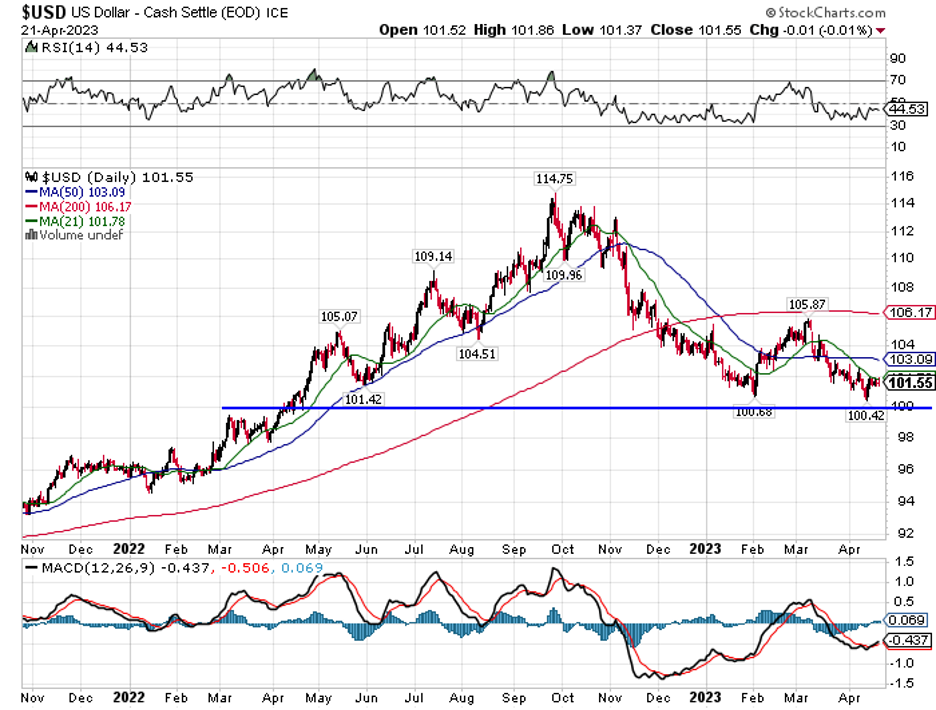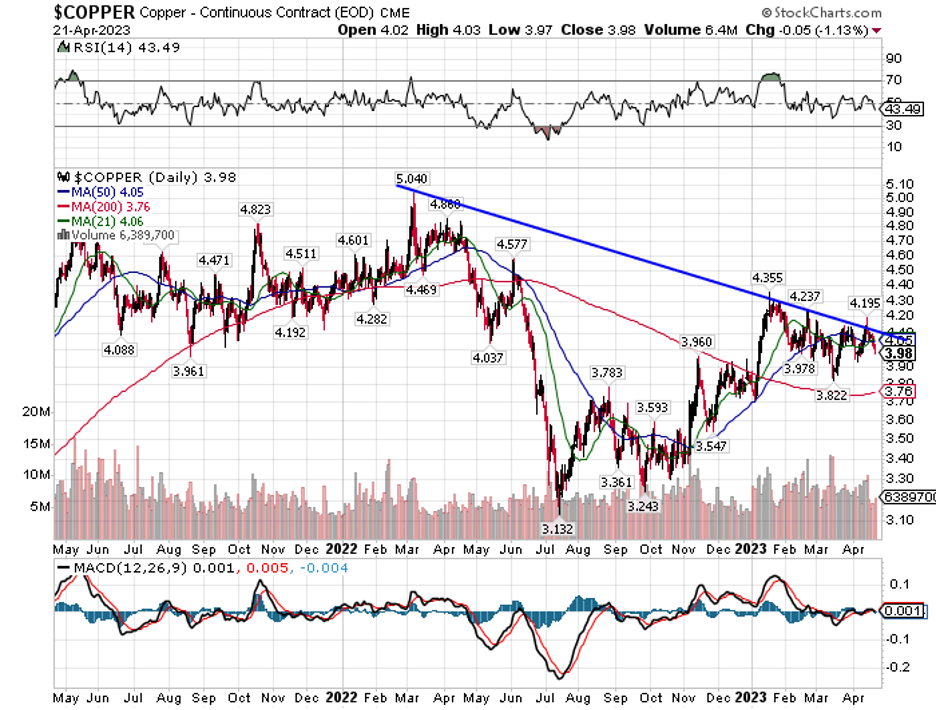The Next Two FED Meetings Could Be Market Movers
There is little doubt today that what the Federal Reserve decides to do with both interest rates and its massive balance sheet is perhaps the most important variable moving markets. The next two FED meetings loom as particularly important. The key dates will be May 3rd-4th and June 14th-15th.
To be sure, corporate earnings, retail sales, real estate activity, industrial production, the world economy, politics, tax policy, and numerous other variables impact markets as well. But nothing has been moving markets over the past 20 years quite like FED policy.
While economists and historians will no doubt continue to debate the efficacy of the central bank intervention, the fact is those of us with money in markets must deal with it.
Right now, we notice the chart action of many important markets are sitting on major inflection points. An inflection point is defined as a market at either important overhead resistance or downside support. Which way the FED goes could well push markets above resistance or below support, creating important signals in a variety of markets.
In the past month or so, the markets have been coming down in volatility into a kind of an eerie holding pattern, suggesting considerable confusion among market participants.
The stock market has been buoyant, recovering rather quickly from some staggeringly large bank failures. The stock market seems to be saying the nirvana of the soft landing is nearby and that the FED is likely done raising interest rates.
The stock market seems to feel the FED has taken enough inflation out of the system, that the numbers are running in the right direction, and that they will as a result, will stop raising rates (pause), and then soon shift back to lower interest rate policy.
The FED itself has been saying otherwise, but the stock market seems to be saying, you are mostly talk and you will not push the economy to recession to fight inflation… not with a major political cycle just ahead.
The stock market does also not seem particularly concerned with earnings reports or lofty valuations. Some of the most expensive companies, many in technology, have taken over market leadership again.
But the bond market has been strong (lower rates) but recently started to reverse trend suggesting that the FED will continue to raise interest rates. Not only is money again becoming more expensive, evidence suggests banks and other lenders are tightening up credit requirements after the surprise of large bank failures. Not only is credit getting more expensive, it is getting harder to obtain. Both developments are negative for the economy and hence indirectly negative for stocks.
One of the deans of technical analysis, the late Richard Russell, used to say that when the stock market and the bond market are discounting different scenarios, Russell advised one should believe the bond market. His reasoning was that the bond market is by comparison much larger and is mostly a professional market. The public may dabble in stock speculation, but professionals run the bond market.
If this observation holds, be prepared for the FED to raise rates one or two more times, creating the real risk of recession. This will wind up being positive for bonds later, but negative for stocks in the near term.

Chart courtesy of stockcharts.com
Here we see the very important 30-year mortgage rate. It has gone up a lot and is still double what it was just at the beginning of 2022. This has put downward pressure on housing activity since the down payment is very much a function of both the house price and the cost of interest. But like the bond market, recently rates have started back upward, suggesting the FED is not yet done raising rates.
Other markets as well are trying to peer into the future and divine what the economy and the FED are going to do. As mentioned, many of these markets are also at important inflection points.
The gold market has moved nicely to levels above $2,000 per ounce and will either break out, or once again, fail to move higher. Has gold stalled out or is it just gathering strength for a push to all time new highs?
Silver has moved up to a long term trendline formed by the peak in prices at near $50 per ounce a number of years ago. It too could either break out or fail.
The US dollar has formed a large head a shoulder looking pattern with important downside support at 100 on the US dollar index. It either holds, or it folds. A weaker dollar suggests lower interest rates, while a stronger dollar suggests the opposite.

Chart courtesy of stockcharts.com
Two of the more interesting charts are copper and lumber, both sensitive to economic growth.

Chart courtesy of stockcharts.com
Copper has been in downtrend for more than a year. It will either continue to fall, or gain enough strength to reverse its bear trend. The weakness is somewhat surprising given the widespread belief in the future of electric vehicles and the need to re-tool the entire electrical grid. Why the weakness? Maybe copper is telling us the economy is slowing, which would not be good for the stock market. It seems to agree more with the bond market than the stock market.

Chart courtesy of stockcharts.com
Lumber prices are a key indicator of demand for housing construction and it too has been in a bear trend. But like copper, it would not take much upside action to reverse trend. But again, right now, lumber seems to be saying demand is soft and so is the economy.
We have real issues with the FED. Central planning has a terrible track record as bureaucrats, absent real world free markets, can’t really know what the “proper” interest rate should be or the supply of money.
The FED largely controls the demand side of the ledger by creating money, or claims on goods. But the FED itself can’t produce the goods, the commodities, or the structures they are creating demand for. Hence, even if they are the best guessers in the world, they only have half the equation.
Despite what the FED likes to say, they are also a highly political organization. Afterall, most of the governors voting on policy are nominated by the President and hence, have either loyalty to the abstraction of neutrality or reality of politics. And guess what, we are getting very near to the next political cycle.
Inducing a recession would be highly unpopular.
But letting inflation run longer and hotter would also politically problematical.
The FED now has the markets trained to react to every decision and every rhetorical nuance.
They are now a little like the dog that finally caught the car. Having been successful, now what does the dog want to do?




